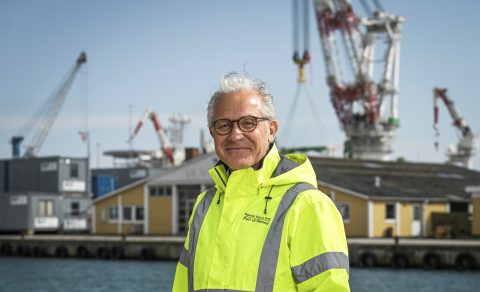
Interview
Bornholm prepares to become an Energy Island
Lars Nordahl Lemvigh,
Port of Roenne CEO Port of Rønne
The Danish island of Bornholm has been selected as the site for one of the two Danish Energy Islands, as per the Danish Climate Agreement of June 2022. The Port of Rønne is expanding, so as to be able to handle the associated volumes to come due to the huge interest in offshore wind in the Baltic Sea.
Want to read more?
You have read all of your free premium articles for this month. Please become a subscriber to keep reading.
Subscribe now!
Take advantage of our exclusive offer to get full access to all premium content.




